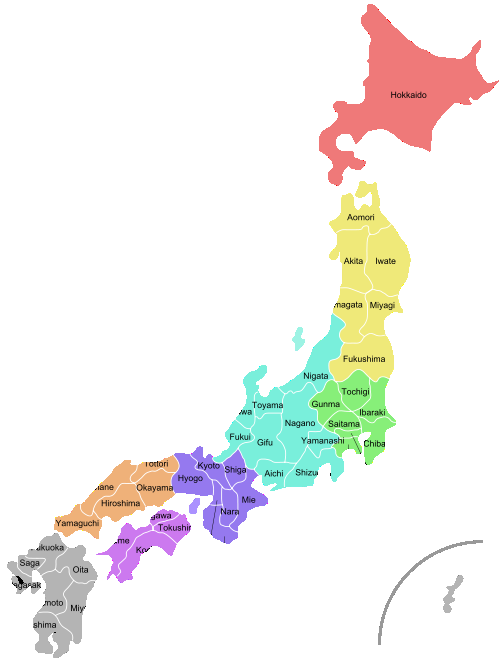When this country was founded, a system of checks and balances was created where the three branches kept watch on each other. Sometimes actions proposed or taken by one branch result in a challenge from another branch. The United States Department of Energy (DOE) is part of the Executive Branch under the U.S. President. The General Accounting Office (GAO) is a Congressional division that audits and evaluates government program. Recently, the DOE and the GAO came into conflict over proposals on the handling of radioactive waste.
The United States has been in limbo with respect to the long term storage of radioactive waste since the Yucca Mountain Repository was cancelled. I have dealt with the cancellation in previous posts. The U.S. Government promised nuclear plant operators a permanent facility by 1999. Needless to say, we are a bit behind schedule. The spent fuel pools at U.S. nuclear reactors will all be full of rods within five year. Unless there are storage alternatives by then, reactors will have to be shut down.
In January, the DOE announced a new policy for radioactive waste storage. They are planning on the construction of two interim storage facilities that are to be completed in six years. There is also a plan for a permanent storage facility to be sited and constructed by 2048. This deadline has already slipped from an earlier proposal to have a new permanent storage facility by 2035.
With respect to temporary storage, the new policy refers to provisions in the Nuclear Waste Policy Act of 1982. Unfortunately, the GAO points out that those provisions for a centralized interim repository have either expired or they make reference to milestones that were not met. As far as the permanent storage facility is concerned, it may also be illegal. The amendments to the 1982 Act call for all activities for siting and constructing permanent storage facilities other than Yucca Mountain to be terminated.
Critics say that the DOE has no intention of actually carrying out the new policy but merely wants to take some action to fend off financial liability lawsuits. The U.S. Government has been collecting fees from nuclear operators for decades for the promised permanent storage. There is an accumulated fund of over twenty five billion dollars for permanent storage. Nuclear power plant owners are trying to claw back some of that money in court. Lawsuits for over two and one half billion dollars are working their way through the courts. Ultimately, there could be as much as nineteen billion in liabilities. If the DOE can get the new policy accepted, that would block the lawsuits.
Another problem working against the new DOE proposal is public opposition. Since Fukushima, the public fear of nuclear waste releases has increased. There is already a lot of resistance to the siting of waste facilities. The Western Governors Association representing nineteen states has passed a resolution to the effect that no nuclear waste facility may be opened in any of the nineteen states without the permission of the governor of the state.
A third issue with the new policy has to do with resistance to the transportation of nuclear waste. Even cities and states that would not be hosting a repository have been resisting the idea of fleets of trucks and trains moving nuclear waste through their territory. And, if the plan for temporary and permanent facilities is carried out, the waste would have to be moved twice, doubling the risk of accidents and deliberate sabotage of the transports. In addition, it is estimated that seventy percent of the waste in dry cask storage at nuclear plants in the U.S. is too radioactive to transport. Normally, spent fuel is given time to cool off in the spent fuel pools before being put into dry casks onsite but, as mentioned above, the spent fuel pools are filling up too rapidly to allow that at some reactors.
And, finally, nuclear plant owners only have to pay into the waste fund as long as they are generating electricity. Two reactors of the one hundred and four operating U.S. reactors are being shut down. Although new licenses have been issued for the aging U.S. reactor fleet, the reactors themselves are reaching the end of their functional lifespans. As more reactors are retired, unless they are replaced with new reactors paying into the fund, the fund may be spent faster than it is replenished as new repositories are being developed.

